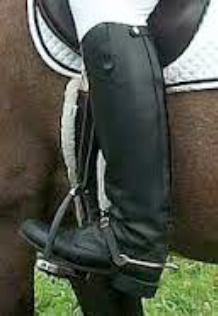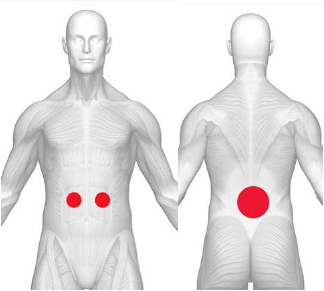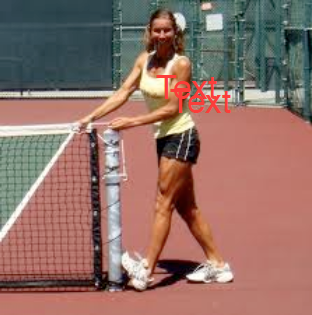Dorsi what? Dorsiflexion is the Latin term given to the motion of bringing the foot towards the shin (Flexibility of the ankle joint). We should have approximately 20 degrees of ankle dorsiflexion for normal daily activities (I.e walking, running).
One of the most common phrases any riding coach says is ‘heels down’…. How many times have your heard this in your training? I am sure you are aware this does not mean just shoving your heels down, which would raise the toes. But means relaxing the heels and letting the weight drop towards the ball of your foot.
Ankle flexibility is paramount if your weight is to be evenly distributed down through your legs and down by the side of the horse. Having restricted or very stiff ankles pushes your weight back up and forward towards the horses neck. So if you find yourself off balance or pushed forward having to either hold the reins heavily or even the saddle, restricted ankle flexibility could be the issue.
Ankle flexibility is also key when it comes to absorbing the shock forces traveling through the body when the horses foot strikes the floor. If the ankle and legs do not absorb this force it will travel to your back and up to your head/neck. Not ideal when you think about the number of steps a horse takes during a hack.
The good news is that we can improve your range of movement in your ankles by trying the stretches and exercise below. The other good news is that depending on your discipline will depend on your required range of movement. For example during hunt riding the stirrups are shorter to allow you to get out of the seat easier when jumping. This means you need a greater ankle range of movement to allow your weight to be evenly pushed down through the heels adding stability. On the other hand during dressage the rider does not leave the saddle, so generally the rider has a longer stirrup length so ankle flexibility even though still very important is not as essential as other forms of riding.

The Activation Point – these are a little like acupuncture points that help increase strength and flexibility. They are based on a system called kinesiology. Calf muscles can become very tight due to their relationship with the adrenal glands that are often over worked in today’s society because of stress.
Calf Muscle – Find your belly button and go to a point 45 degress up in between the belly button and ribs. There is also a point on the back directly opposite the front zones. The front zone is generally enough to get a reaction.

The Stretch
Hold for 30 seconds each side

Stand up close to the wall.
Place your heel as close to the wall as possible and then push your hips forwards towards the wall keeping the leg against the wall straight at the same time.
To aid in keeping the body straight you should use the back leg to push forwards onto the toes keeping the chest out throughout.
You should feel the stretch in the back of the calf of the front leg.






